Photographs: Punit Paranjpe/Reuters
Expanding its surveillance mechanism to catch market manipulators and fraudsters early, watchdog Sebi has put in place a new alert-generation system to detect possible wrongdoings by the traders and their group entities with significant exposure to any particular stock.
This new system has been linked to recently implemented mandatory disclosure of any holding of 1 per cent or more in a single stock by a trading member, individually or through group entities.
All alert-generating systems, including this latest one, are resulting into 50-100 alerts in a day, on an average, while their numbers rise even further on certain days when markets see significant movements or when some important policy developments or market-moving incidents take place, sources said.
Please click NEXT to continue reading…
Behind the scenes: How Sebi will catch market manipulators
Image: A stock broker looks at a terminal while trading at a stock brokerage firm.Photographs: Arko Datta/Reuters
However, the number of cases where prima facie some violations are eventually found after further inspections and investigations stand much lower, they added.
These alerts are analysed as and when they come on a round-the-clock basis, including through automated systems, for further possible inspections and eventually for necessary regulatory actions if some wrongdoings are found.
The official said that the new alert system for brokers with significant exposure to stocks has been put in place by the Integrated Surveillance Department (ISD) of the Securities and Exchange Board of India (Sebi).
Please click NEXT to continue reading…
Behind the scenes: How Sebi will catch market manipulators
Image: A stockbroker speaks on phone while trading at a terminal during the Diwali special trading session.Photographs: Danish Siddiqui/Reuters
The ISD also holds surveillance meetings at regular intervals with the stock exchanges, clearing corporations, as also with other market intermediaries as and when required.
Among others, the ISD receives information through media scanning, Intelligence Bureau reports, online investor redressal system SCORES, stock exchanges, suspicious transaction reports from various entities, as also IMSS (Integrated Market Surveillance System) and DWBIS (Data Warehousing and Business Intelligence System) tools of the regulatory authority.
Explaining the alert-generation process, sources said that the information is aggregated across the exchanges and analysed by dynamic system-based parameters and pattern-recognising modules, which throw up alerts for first-level processing.
Please click NEXT to continue reading…
Behind the scenes: How Sebi will catch market manipulators
Image: A man walks past the Mumbai Stock Exchange.Photographs: Prashanth Vishwanathan/Reuters
These first level alerts are further analysed by a central processing team to filter out alerts for second-level scrutiny.
These alerts and the trading pattern in the related stocks and of involved entities are then further taken up for a comprehensive analysis by the stock exchanges and the ISD for ascertaining any prima facie violations and for any immediate action.
To ensure transparency, the analysis report for these alerts and the suggested actions are then reviewed by higher authorities for final action.
Please click NEXT to continue reading…
Behind the scenes: How Sebi will catch market manipulators
Image: A broker sits near his computer terminal while trading at a stock brokerage firm in Mumbai.Photographs: Punit Paranjpe/Reuters
Sources said that the number of alerts received from IMSS, DWBIS, IB, SCORES, STRs and media scanning typically run into 1,500-3,000 per month. However, the number of stocks shortlisted for further examination after initial processing is much lower at 50-100 in a month.
Out of these, cases related to 30-40 stocks are sent to stock exchanges for further processing, while regulatory action is initiated for 10-15 stocks, sources said.
About 100 stocks, on an average, undergo examination in a month, after taking into account some cases where longer duration surveillance are required to ascertain wrongdoings by analysing their trading pattern.
Please click NEXT to continue reading…
Behind the scenes: How Sebi will catch market manipulators
Image: A stockbroker looks at stock index numbers on his computer screen at a brokerage firm in Mumbai.Photographs: Punit Paranjpe/Reuters
The surveillance action for such stocks is generally decided by a committee of senior Sebi officials, depending on the severity of the case and such actions can range from adjudication or investigations by the regulator's Investigations Department, to soft actions like issuance of Observation Letters and Caution Letters to the concerned entities.
In the cases requiring immediate action, an interim order is also passed by Sebi.
During the last financial year 2013-14, adjudication was initiated in 46 cases, while 45 others were sent to Investigations Department and interim orders were passed for five. Besides, soft actions were taken for 58 cases.
Please click NEXT to continue reading…
Behind the scenes: How Sebi will catch market manipulators
Image: National Stock Exchange of India.Photographs: Zadeus/Wikimedia Commons
In addition to the actions taken by the Sebi's surveillance department, the three stock exchanges, BSE, NSE and MCX-SX, are also asked to take action in many cases.
In about a month, the exchanges issue more than 100 observation letters, get undertakings from brokers and their clients in over 50 instances, write to the companies to verify rumours about 40-50 times, while hundreds of companies face shifting to restricted trade categories or their price-bands (permissible price movements) are changed to keep manipulations at bay.

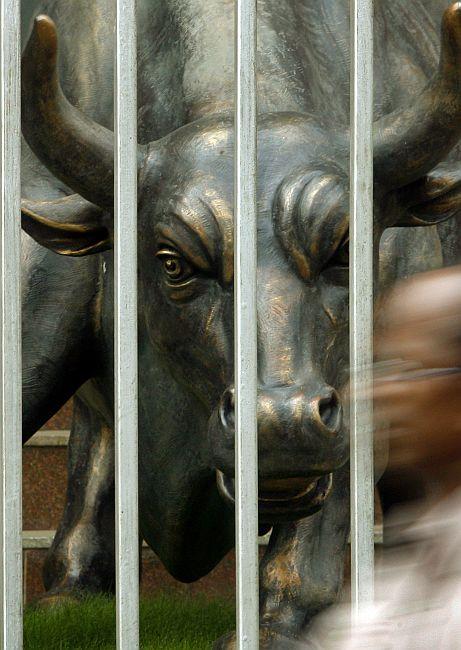
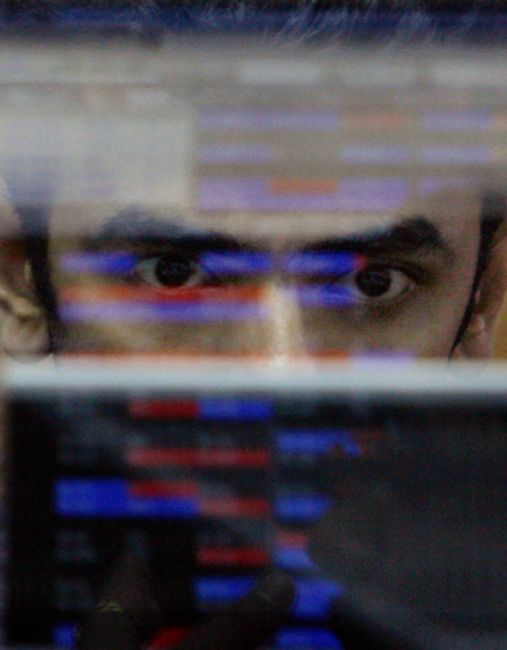

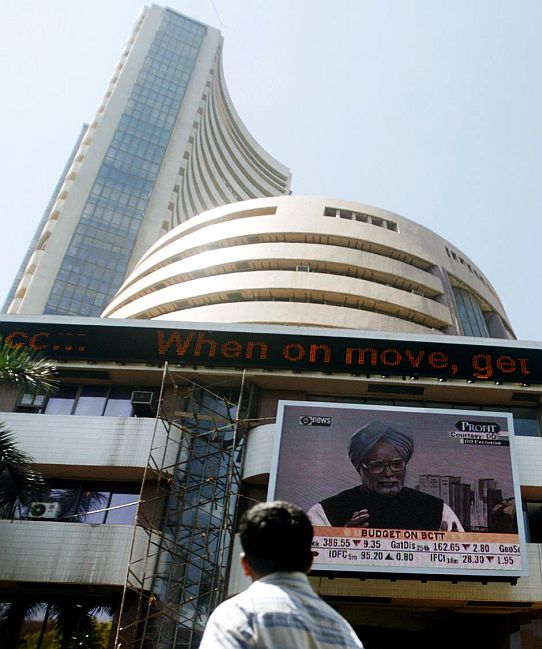
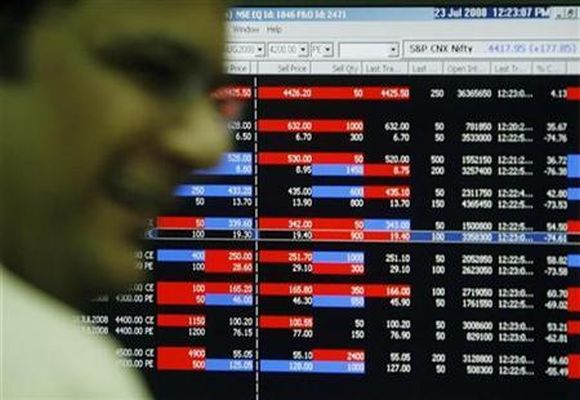

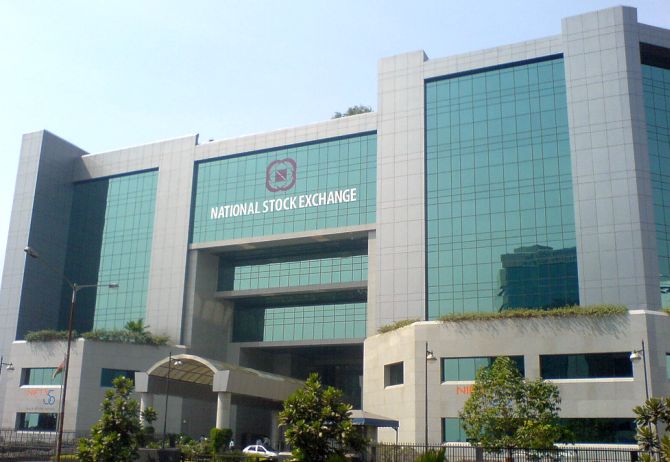
article